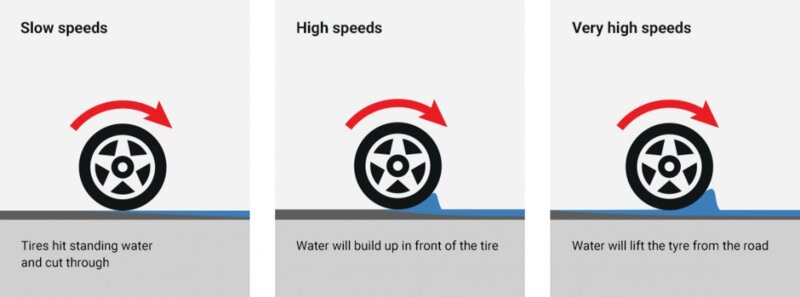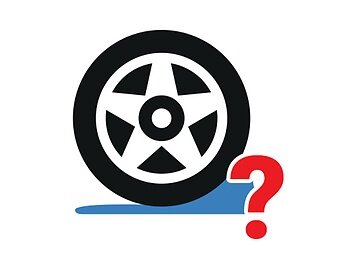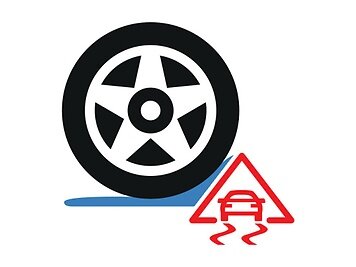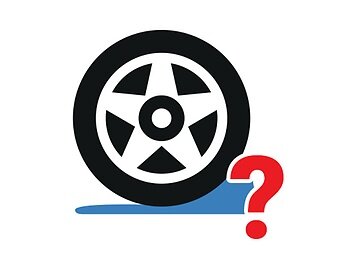What is Aquaplaning
Aquaplaning happens when water builds up in front of your tyres faster than the weight of your vehicle is able to displace it. The result is that the water pressure pushes under the tyre, creating a thin layer of water between the rubber and the road surface.
Why is it so dangerous?
That thin layer of water is the difference between your tyre gripping the road and your car completely losing contact and sliding out of control. The deeper the water, and the faster your speed, the more likely this is to happen. Without the grip, you won’t be able to brake or steer.

What are the contributing factors of aquaplaning?
- Speed is the biggest contributor to aquaplaning, because your tyres simply don’t have time to channel the water away before they’re lifted off the surface. However, speed is not the only issue. Other variables include:
- Tread design. Some tread patterns channel water more effectively than others. For example, our RainSport 3 and RainExpert 3 tyres are designed to perform effectively when driving in the wet.
- Tyre size. The area of the contact patch i.e. the size and shape of the tyre surface touching the road, will have a direct effect on your risk of aquaplaning. The more surface area there is, the smaller the risk.
- Tread depth. As your tyres wear, their depth is reduced, leaving less room for water to be channelled away.
- Tyre pressure. For different reasons, both under-inflated and over-inflated tyres can increase your risk of aquaplaning.
- Water depth. The deeper the water, the harder it will be for your tyres to maintain their grip.
- Water composition. Factors like oil, dirt, salt and ambient temperature can affect the density of surface water.
- Vehicle’s drivetrain (aka powertrain/driveline). In certain conditions 4-wheel drive vehicles are more likely to aquaplane that 2-wheel drives.
- Vehicle weight. The lighter the car, the higher the chances of aquaplaning.
- Road surface condition. You are more likely to aquaplane on smooth roads than on grooved surfaces.
How do I know if I’m aquaplaning?
When your drive wheels lose traction with the road, you’ll notice a rise in the engine revs and an inaccurate reading on your speedometer as your wheels begin to spin.

If you’re driving round a bend and you lose traction in your front wheels, your car will drift towards the outside of the bend. If your back tyres lose traction, you’ll move sideways into a skid. If all four tyres lose traction at once, your car will slide in a straight line. If you’re turning at the time you’ll slide into the outside of the bend. When any of the tyres regain their traction, you might experience a sudden jerk in whichever direction that tyre is facing.
When does aquaplaning mostly happen?
You’re most likely to aquaplane when driving through puddles or standing water. It’s not always easy to see how deep a puddle is so always reduce speed if there has been a lot of rainfall.
Puddles tend to form at the side of the road, along the pavement edge. So, if it’s been raining, move your car towards the centre of the road or lane.

Drive in the tyre tracks left by the cars in front of you. Their tyres will already have displaced a lot of the surface water before yours have to.
Why don’t electronic stability control systems prevent aquaplaning?
Electronic stability control systems only work when you have contact with the road. While they may be able to help you recover from a skid, once the tyre has regained its traction, they can’t help prevent aquaplaning.
As a side note, you should never use cruise control when driving on wet or icy roads as you may need to reduce your speed smoothly and manually.
Why do Uniroyal tyres have such a good reputation for aquaplaning protection?
Uniroyal invented the rain tyre in 1969 and, ever since, its designers and engineers have pioneered wet weather technology. The Shark Skin Technology (SST) used in our RainSport 3 and RainExpert 3 tyres, for example, efficiently and swiftly disperses water, so the risk of aquaplaning is reduced.





